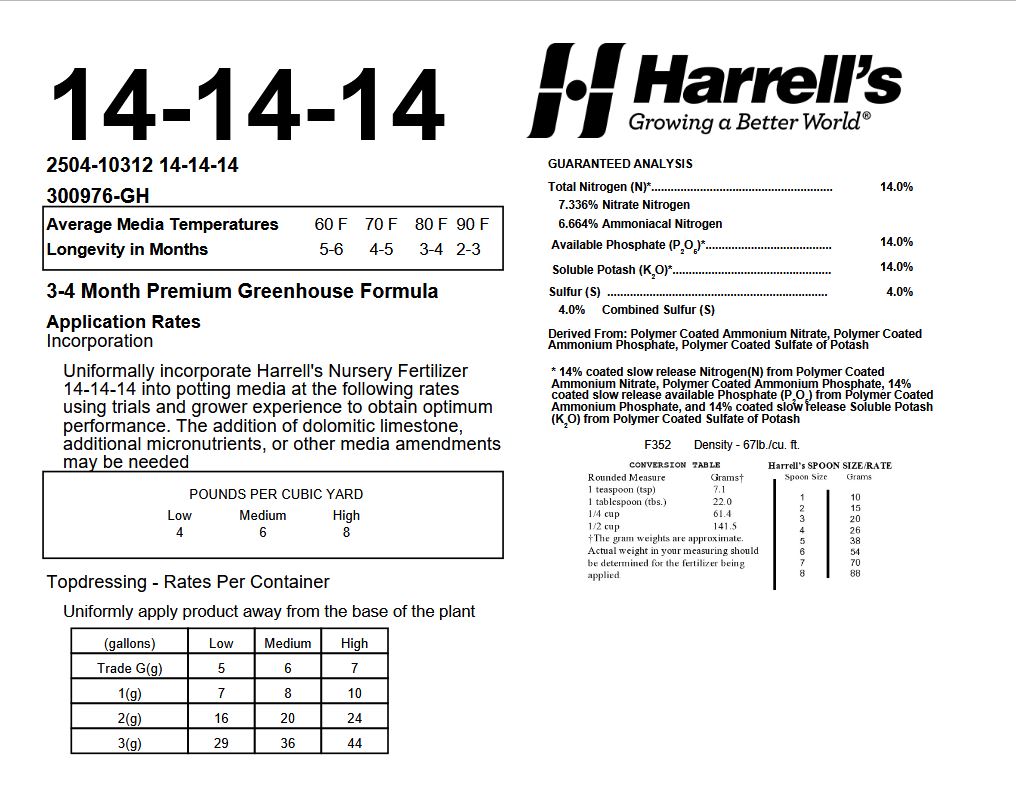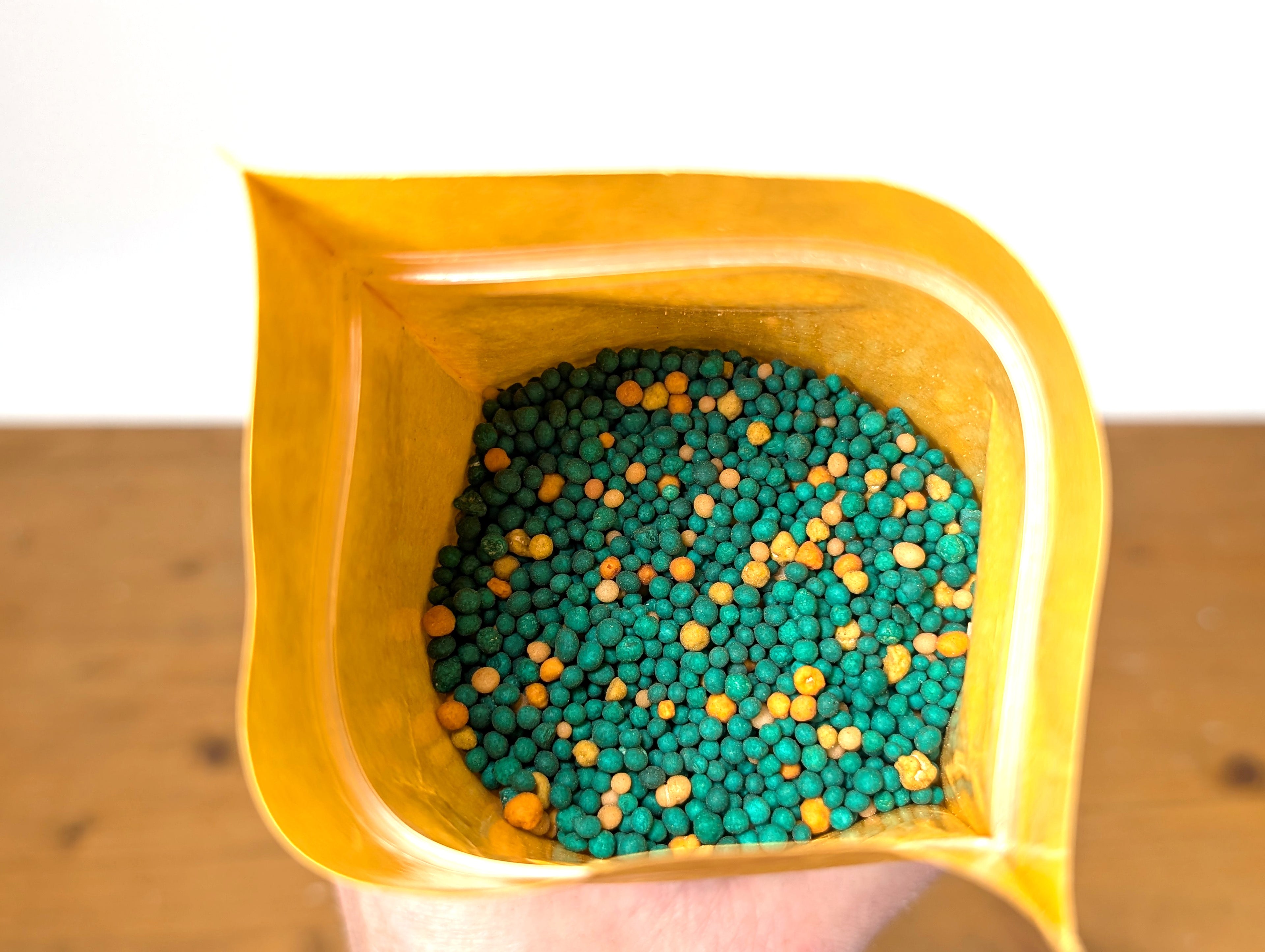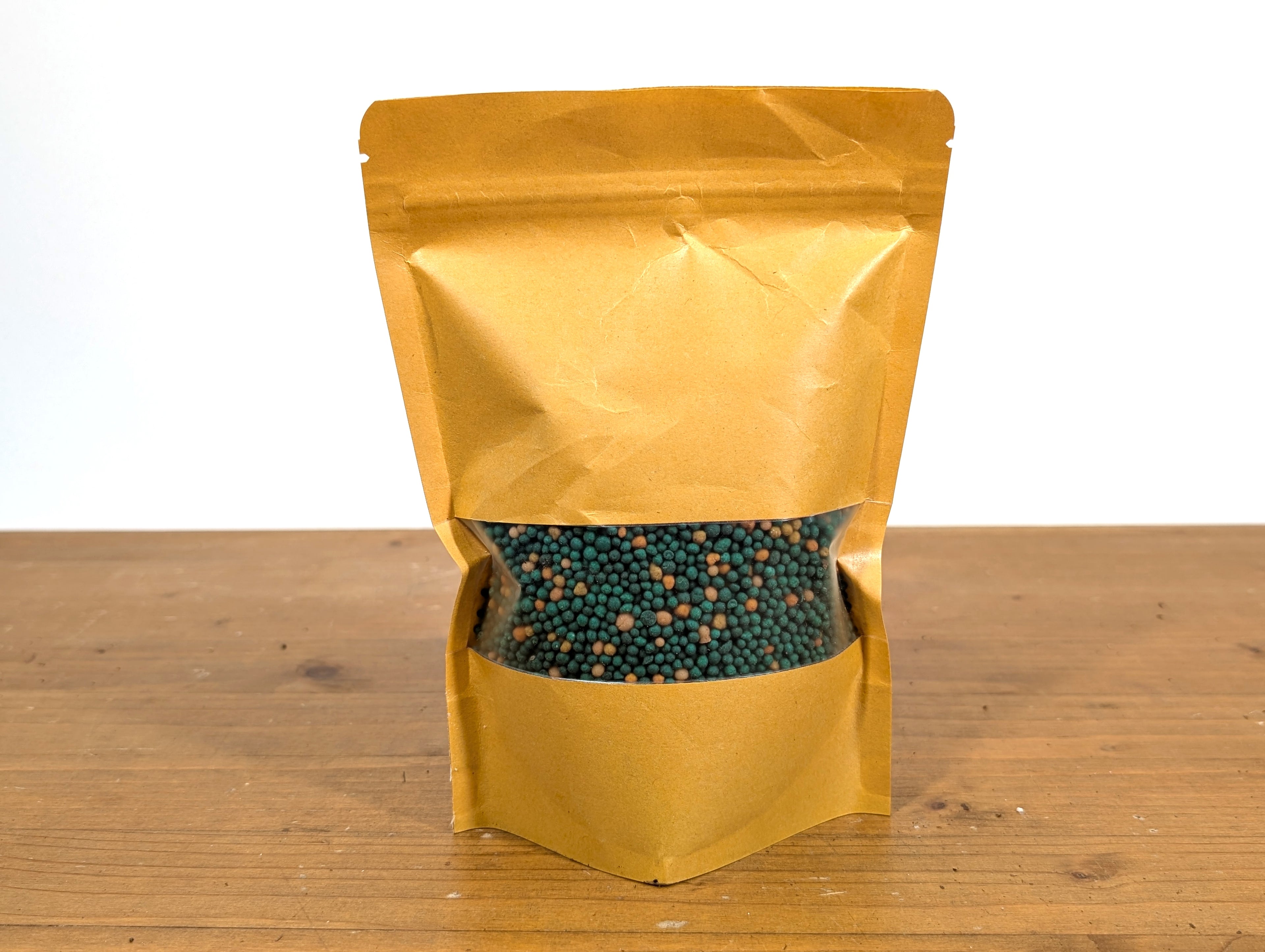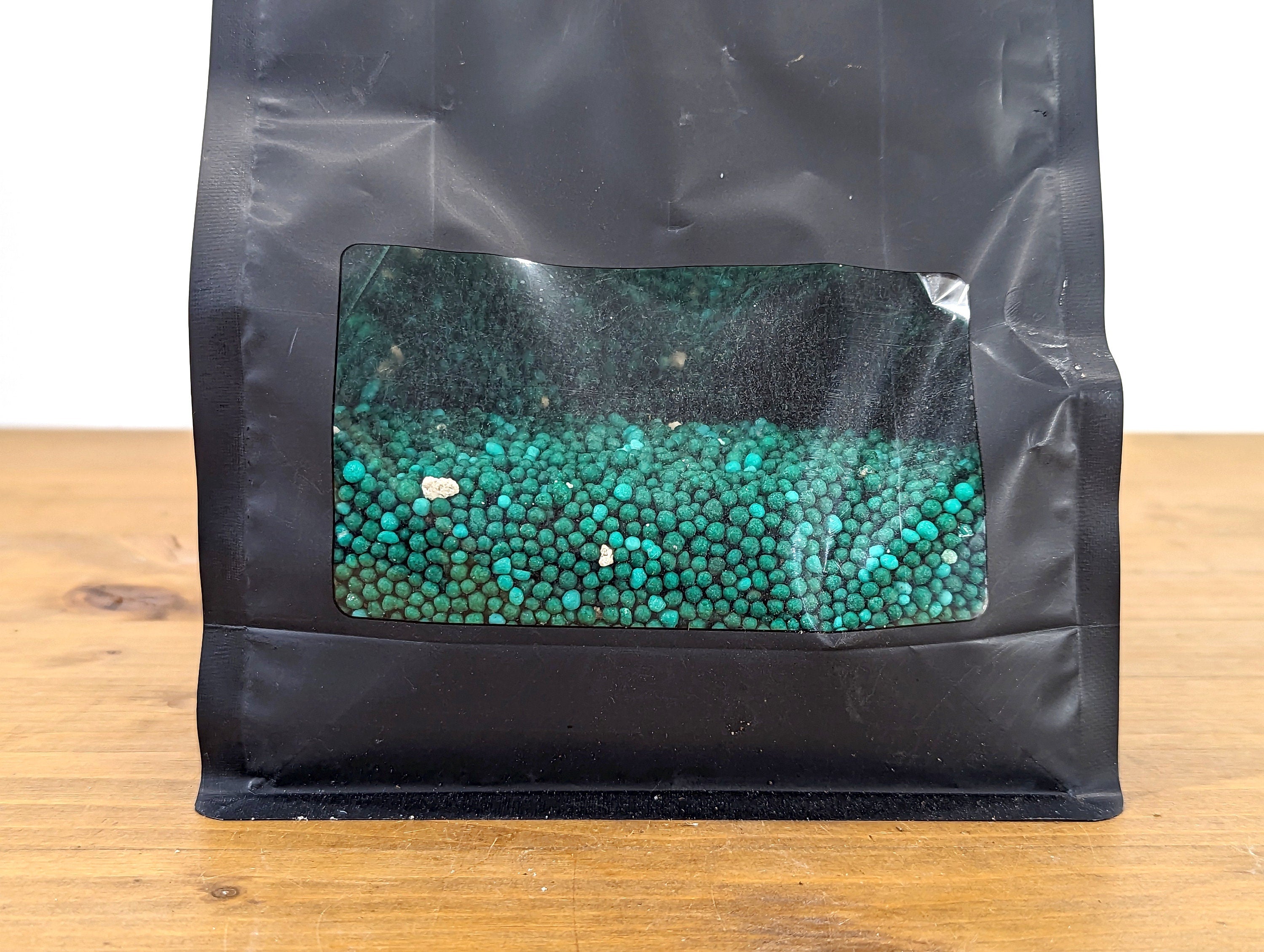Slow Release Granular Houseplant Fertilizer
- Regular price
-
$14.99 - Regular price
-
- Sale price
-
$14.99
Couldn't load pickup availability
A Note On Live Plants
Every live plant is unique. Your plant will be cared for like it's our own and will be selected especially for you.
Plants advertised as "EXACT" in the title, will be the exact plant pictured. to receive. Feel free to contact us with any questions before placing your order, we're here to make your shopping experience easy and enjoyable.
Please note that unless otherwise identified, the plant you receive will vary from the picture provided (i.e. different number of leaves).
Shipping
Ships in 3-5 days via UPS Ground. Expedited delivery options available at checkout.
When choosing between 14-14-14 and 18-5-10 slow-release fertilizers for houseplants, the key differences lie in their nutrient ratios and how they affect growth. Both provide gradual nutrient release, reducing the risk of over-fertilization, but their formulations suit different plant needs.
1. Nutrient Composition (N-P-K Ratio)
14-14-14 (Balanced Fertilizer)
-
Equal parts nitrogen (N), phosphorus (P), and potassium (K).
-
Best for general-purpose feeding of most houseplants, including foliage plants, flowering varieties, and young plants.
-
Supports balanced growth (leaves, roots, and blooms).
-
Ideal if you don’t know your plant’s exact needs or have a mix of different houseplants.
18-5-10 (High-Nitrogen, Low-Phosphorus)
-
Higher nitrogen (N) promotes lush, green foliage growth.
-
Lower phosphorus (P) means it’s less ideal for flowering plants (e.g., African violets, orchids).
-
Best for foliage-heavy plants (e.g., pothos, philodendrons, monsteras, ferns).
-
Avoid if your plant is bloom-dependent or if your potting mix already has sufficient nitrogen.
2. Best for Different Houseplant Types
| Plant Type | 14-14-14 | 18-5-10 |
|---|---|---|
| Foliage plants (e.g., snake plant, ZZ plant) | ✅ Good | ✅ Best (promotes leaf growth) |
| Flowering plants (e.g., peace lily, anthurium) | ✅ Best (supports blooms) | ❌ Less effective |
| Young plants/cuttings | ✅ Good (balanced root & shoot growth) | ⚠️ Can cause leggy growth if overused |
| Succulents & cacti | ⚠️ Use sparingly (low-need plants) | ❌ Too much nitrogen |
3. Slow-Release Benefits (Same for Both)
-
Gradual nutrient release prevents root burn.
-
Fewer applications needed (typically lasts 3-6 months).
-
Better for sensitive plants (e.g., calatheas, ferns) that dislike chemical spikes.
4. Potential Drawbacks
-
14-14-14:
-
May supply excess phosphorus if potting mix already contains enough (can lead to salt buildup).
-
Not ideal for nitrogen-hungry plants (e.g., fast-growing tropicals).
-
-
18-5-10:
-
Not ideal for flowering plants (low phosphorus reduces blooms).
-
Can cause weak, stretched growth in low-light conditions (too much nitrogen).
-
Final Recommendation for Houseplants
✔ Choose 14-14-14 if:
-
You have a mix of different houseplants.
-
Your plants flower or need balanced nutrition.
-
You’re unsure about your plant’s needs.
✔ Choose 18-5-10 if:
-
You mainly grow foliage plants (e.g., pothos, monsteras).
-
Your plants show nitrogen deficiency (yellowing leaves, slow growth).
-
Your soil mix is low in nitrogen but has enough phosphorus.







Slow Release Granular Houseplant Fertilizer
- Regular price
-
$14.99 - Regular price
-
- Sale price
-
$14.99
Good looking product, I will buy again
Great Seller. Purchased from seller before, and never dissapoints.
Perfect condition fast shipping my plants are about to flourish.🌱✨
High quality and seemingly works well. Wish there were more instructions on measurements for rookies with slow release fertilizers, but did a little research on my own with no issues.






